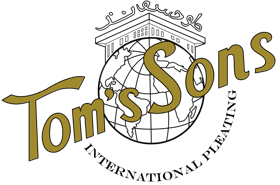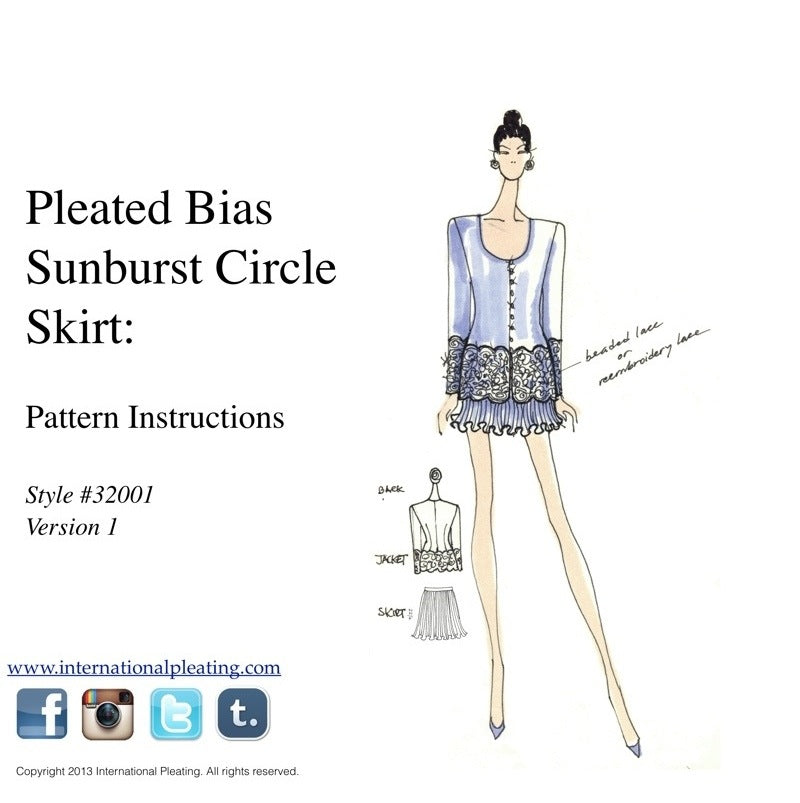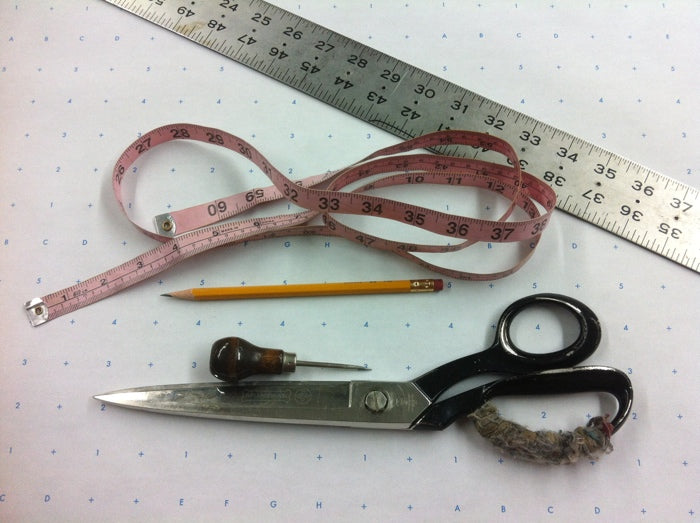
Making the White Marilyn Monroe Subway Dress
If you are a fan of old movies, then I am sure you have seen the 1955 movie The Seven Year Itch, starring Marilyn Monroe. And I am also sure you remember the iconic scene where her dress is blown upwards by a passing train as she stands on a subway grate! That dress is one of the most memorable in film history. When I first got a call inquiring about pleating fabric to duplicate this very dress, I had no idea the dress was for a Snickers commercial to be played at Super Bowl 2016!
I asked the client how accurate she wanted the reproduction to be – since most people think the original dress was sunburst accordion pleating, but in actuality it was sunburst side pleating. She asked that the dress be as exact as the original. The more I dazzled her with my knowledge of pleating, the more she was convinced that she wanted us to construct the entire dress start to finish. We would need two – one for Willem Defoe and one for Marilyn’s body double.
As I began searching on the Internet to pull photos for my staff, I began to realize how much controversy existed regarding this dress, which was sold by Debbie Reynolds at her auction of Hollywood memorabilia in 2011. Based on these controversies, I decided to write this blog post to discuss things I observed from the perspective of a pleater.
The pleating used for this dress is sunburst side pleat, not sunburst accordion.
Looking at the pleated skirt in the above photo, you will notice that the creases are not equally spaced (sunburst pleat). This means the pleats will lay to one side since accordion pleats are equally spaced apart. Furthermore, since the pleats get smaller the closer they approach the waist, this means it is a sunburst pleat. Many misunderstand the distinction between sunburst accordion or sunburst side pleat. Previously recreated costume versions of this dress have been made in sunburst accordion. I assume that was because of limited awareness of this fact or because sewing this dress with side pleats would be a bit more complex – less forgiving than with sunburst accordion. For more information on this please read our PDF
The bodice of Marilyn’s dress is pleated.
The pleats in the bodice of Marilyn’s dress can clearly be seen below.
Many photos on the Internet do not clearly show if the bodice was shirred. Obviously the pleating has released over time.
The skirt was hemmed before it was pleated.
Look at the hem of this dress – you will notice two things: Firstly it is a folded hem, and secondly it was pleated after it was hemmed. Hemming prior to pleating adds a considerable amount of complexity to the construction of the garment. Making a folded hem on a straight panel is much easier than making one on a circular panel. With a circular panel, the circumference will be greater and there will be a lot of extra fabric to deal with. If the fabric is not pliable, you will not be able to ease it into the hem.
Another significant problem to address is the fact that since this is in essence a bias circle skirt, the hem will stretch at certain points. The photo below shows how this occurred on Marilyn’s original dress. When we recreated the dress for the Snicker’s commercial, we compensated for this stretch by testing several panels until we could adjust the appropriate amount.
The seam of the skirt in the center front (CF) and the center back (CB).
This photo reveals details from underneath Marilyn’s dress. It shows the location of the center front seam and also shows how the excess fabric causes the hem to pucker. This is because there is excess fabric that must be eased in while hemming the skirt.
This makes it logical since the zipper is in the back of the dress.
I hope you find this information useful if you ever need to recreate this dress. We had so much fun being part of such a major production.









